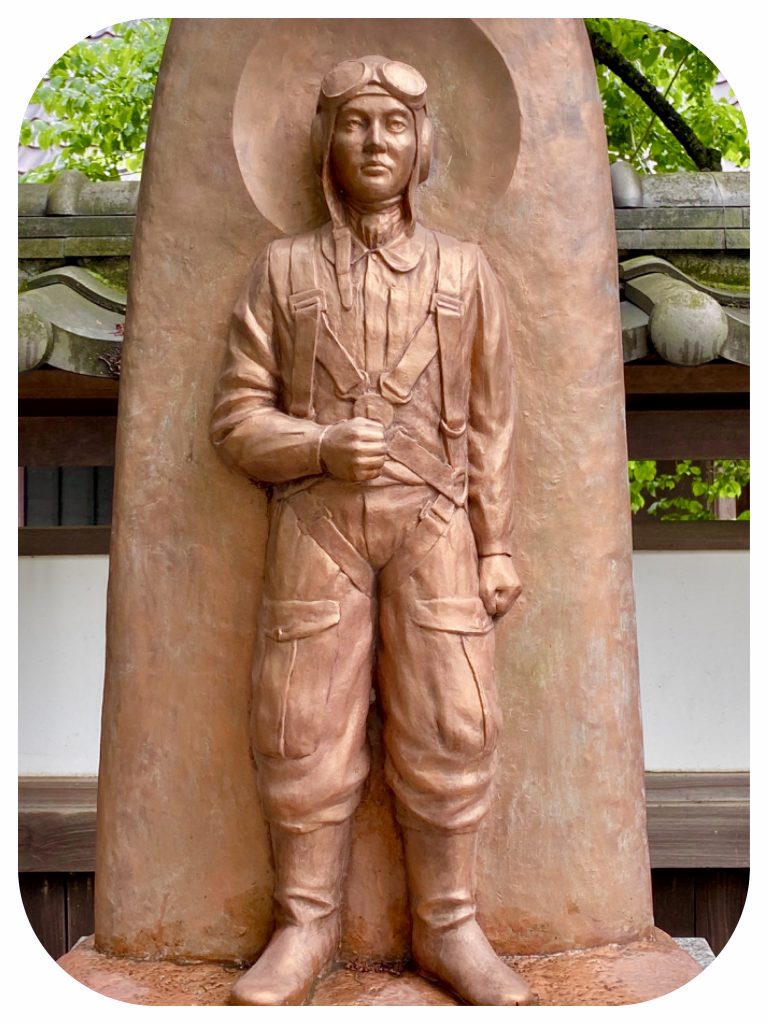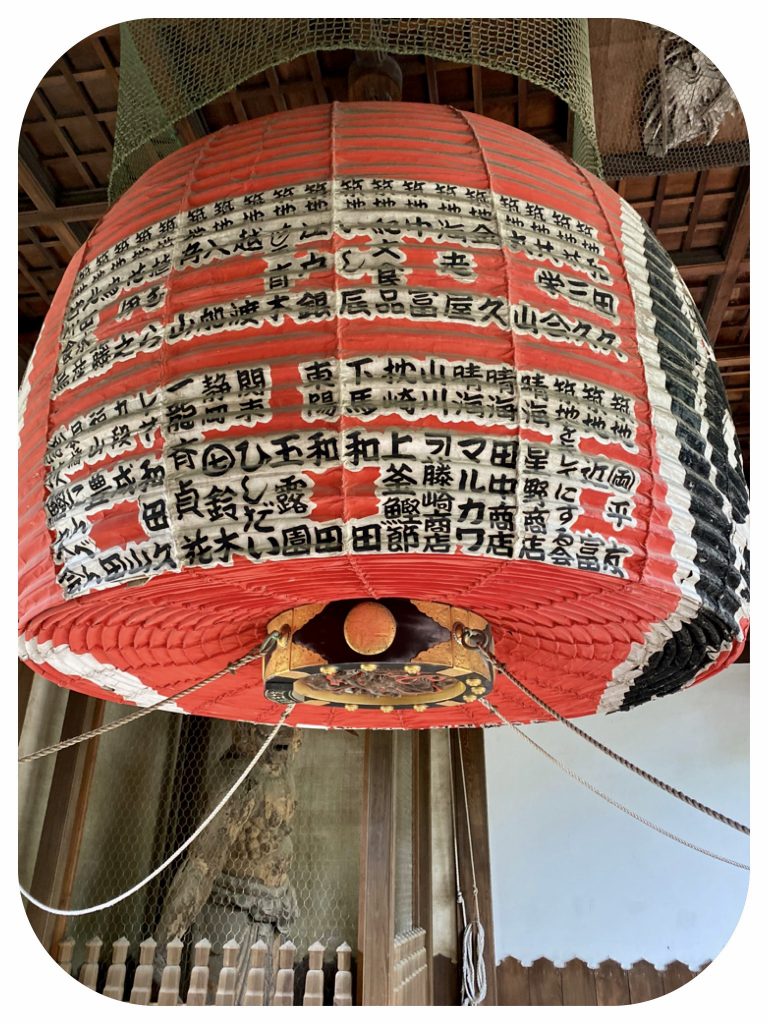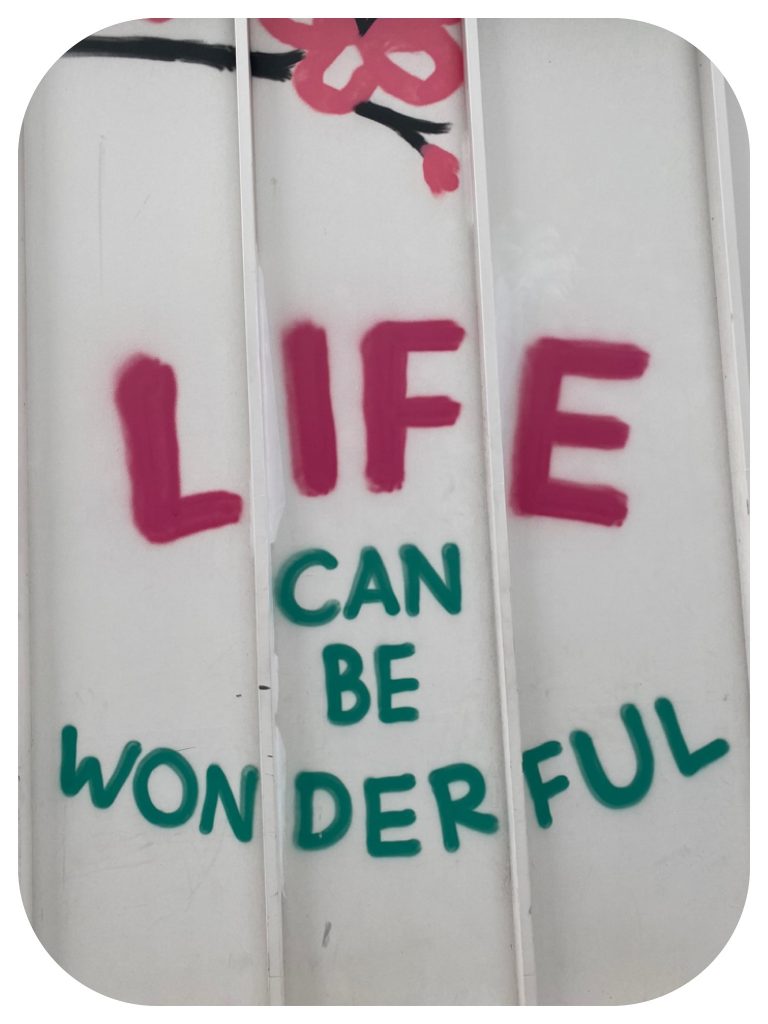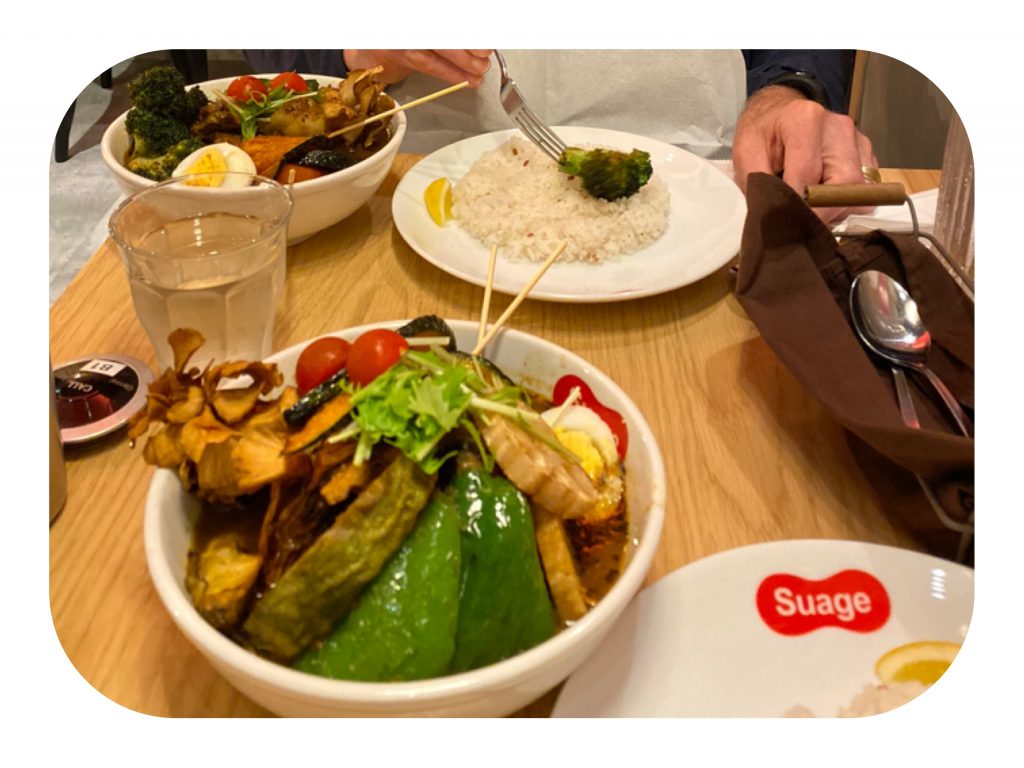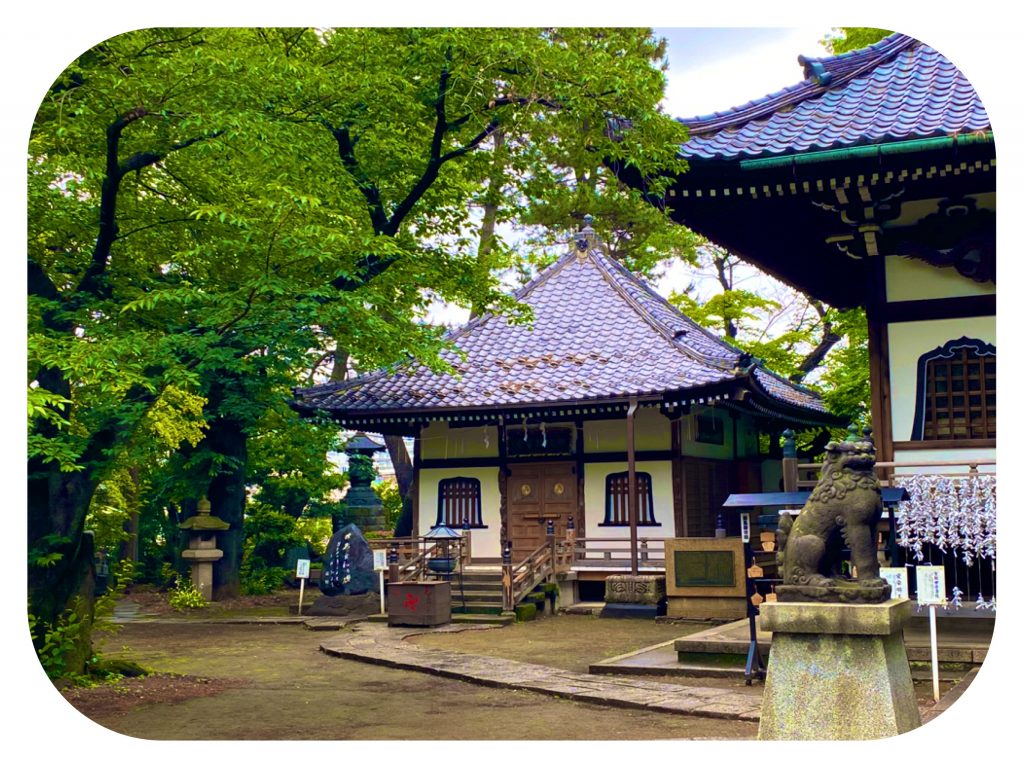The Tokyo Edo Kannon Pilgrimage, Day #5 and day #6, Japan
The Tokyo Edo Kannon Pilgrimage, Day #5 and day #6, Japan
We returned to Tokyo three days before our flight back to Denver.
By then, all of Japan was open, and the trains, subways and streets were full of people, although some businesses were still closed.
It was evident that this closure was the last blow to some small, struggling businesses, while bigger companies perhaps needed to reorganize before reopening.
After three days of walking around Tokyo and its surrounding neighborhoods, we estimated that about sixty percent of the businesses had reopened.
This time, we got a good value on a hotel in Ginza, the city’s poshest shopping area.
Most luxury designer shops where open, although some also remained closed.
We saw very long lines of people waiting to get into some of these high fashion stores.
At the Ginza flagship store of Uniqlo, which we entered to buy Jules some casual pants, we stood in line at the entrance to get our body temperatures taken, while they verified that each customer sanitized their hands and wore a mask.
While staying in Tokyo, we decided to try to finish the Tokyo 33 Kannon Temple Pilgrimage that we had started when we arrived in Japan, three months ago.
We only had to visit four more temples in order to finish the pilgrimage, temples #30, #31, #32, and #34.
We decided that if we had extra time, we would also revisit temple #27, which did not stamp our scroll when we first visited, after the coronavirus started.
It took us two days to visit these five temples.
We left ourselves one whole afternoon to shop in Kappabashi Utensil Street (かっぱ橋道具街), for some special kitchen items that can only be found in Japan.
On day #5 of our Tokyo Kannon pilgrimage, we visited three temples.
At temple #31, Hōnsenji 品川寺, we met with a lovely monk and his wife, who were a little surprised to see foreign pilgrims, but after looking at our scroll and stamping it, were so kind to us.
They gave us a map of the next few temples in the area and bowed deeply to us after hearing us chant the heart sutra.
Right next to Hōnsenji Temple, is Kaiunji 海雲寺, Bangai temple #34.
Both old temples are considered to be scenic spots in Shinagawa.
Kaiunji temple has an interesting and unearthly story attached to it.
In the early Edo Period (1600’s) the Tokugawa Shogonate was fighting the Shimabara rebellion that had erupted.
Before going to war, the Samurai Naoko Nabeshima prayed to Kannon for help.
On the day of the battle, a thousand Gods manifested out of nowhere, helping the Samurai win the battle.
The temple was open, and I rang the bell of the caretakers house to get our stamp.
The lady was very friendly and while she stamped our scroll, we walked around the temple.
I also got from her a lovely drawing of Fudomyōo, the fire and water guardian.
At this temple, people come to offer blessings and to buy amulets for their furnaces and kitchens.
From there, we walked about twenty minutes to temple #30, Isshinji (一心寺).
This temple also has a story attached to it, about a beggar man who found a wallet full of money, and decided to return it to its owner.
When he returned to the homeless shelter that he lived in, he told the story to his friends.
They were so mad at him, that they threw him out into the cold snowy night, and he died at the temple’s doorsteps.
We rang the intercom of the house behind the one hall temple.
The monk told us to meet him at the temple.
After stamping our book and scroll, the monk changed us double the normal fee, but then rang the bell for us as we starting chanting the heart sutra.
He was gone when we finished chanting and got ready to leave.
Over the intercom he said goodbye to us and in broken English said we chanted very well.
Our fifth pilgrimage day ended at Temple #32, Kannonji.
We arrived there in the early afternoon, only to find that it was closed, with a sign saying that the temple was only open until noon.
We decided to return there early the following day, and went back to Ginza to our hotel.
After leaving our bags with the scroll and book at our room, we walked over to the Starbucks Reserved in Ginza.
This Starbucks has a local bakery downstairs with the most delicious olive bread sticks and raisin and nut bread sticks.
There were lots of people, and we had to wait in line to be seated.
They had put stickers on the floor, marking where you should stand in order to observe social distancing.
After resting at the cafe, we went for dinner at a middle eastern restaurant in Ginza
The next day, we arrived at Temple #32, Kannonji early.
It was open with a sign asking visitors to wear masks.
We enjoyed the wooded temple grounds and as we got ready to leave, the monk ran after us to give us cinnamon cookies, after he heard us chant the heart sutra over the security cameras.
Now our scroll was almost full, with only one stamp missing, from Dououji, Temple #27, which had refused to stamp our scroll three months ago, when the coronavirus started.
Dououji Temple is an architecturally modern temple, with some beautiful old statues, enclosed in a glass case.
The lady at the temple office asked to photograph us holding our completed scroll of stamps, between us.
She apologized for the temple closure during the height ot the coronavirus infections.
From there, we went over to the Kappabashi kitchen supply street, to buy some things for our kitchen.
Japanese Kaiseki meals include many small dishes, each prepared in different ways.
Some of these dishes are cooked on the table top, with Hibachi style cookers that allow you to grill, steam, sear and griddle, using individual dishes.
They are not expensive, but unfortunately they are not available to buy in the USA, simply because there is no demand for this style of cooking, which is virtually unknown.
Some of these cookers are made from heavy stone or cast iron which were too heavy to take home, but we managed to find a version that was not too heavy.
We returned back to our hotel with the plan to spend tomorrow, our last day in Tokyo, looking for an extra bag to pack all the items we had bought.
The shop owners had packed everything we bought in boxes, that would keep the items safe on the flight home.
The next day, we bought a cheap bag and walked around the city.
With this Edo Era pilgrimage, we had seen many parts of the Tokyo area which we would not have seen if not embarking on this mini pilgrimage.
We saw cool areas under highways and train tracks that were having a revival, with really cool artisan shops and speciality restaurants, that were built into the arches of the bridges.
Over all, we would highly recommend walking this pilgrimage for anyone planning to spend an extended time in Tokyo.
Just walking to these temples got us to see and enjoy many small shops, cafes and cool neighborhoods.
By dinnertime, we thought to celebrate the completion of our time in Japan with a lovely dinner.
After all, we had successfully walked three consecutive pilgrimages during these strangest of times.
We walked the Edo (Tokyo) Kannon Pilgrimage, The Kumano Kodo Pilgrimage and the Saigoku Kannon Pilgrimage.
We decided to dine at the casual Suage Soup Curry restaurant in Shibuya.
We fell in love with soup curry while we stayed in Sapporo in Hokkaido.
Soup curry is nothing like the curry rice that many Japanese love.
Soup curry is a northern dish of roasted vegetables in a hot broth, that is served with rice.
At Suage, they let you customize your dish, by choosing the broth spice level that you like, and what vegetable toppings you would like.
We ordered roasted pumpkin, avocado, carrots, mitaki mushrooms, peppers and roasted lotus root.
It was a delicious dinner and a nostalgic one for us, since we loved our time in Hokkaido.
Tomorrow we fly home.
I will write again after we land.
With love and blessings,
Tali and Jules
Stats:
We walked a total of 102 kilometers over the six days that it took us to complete the Edo Pilgrimage.
This is the list of the temples names and addresses for the convenience of those who plan to do this easy and enjoyable pilgrimage:
The Edo (Tokyo) Kannon 33 Temples pilgrimage:
Temple #1
Sensō-ji 浅草寺
2 Chome-3-1 Asakusa, Taito City, Tokyo 111-0032
Temple #2
Kiyomizudera 清水寺
2 Chome-25-10 Matsugaya, Taito City, Tokyo 111-0036
Temple #3
Okannonji Temple 大観音寺
1 Chome-18-9 Nihonbashiningyocho, Chuo City, Tokyo 103-0013
Temple #4
Ekōin Temple 回向院
2 Chome-8-10 Ryōgoku, Sumida City, Tokyo 130-0026
Temple #5
Daianrakuji 大安楽寺
3-5 Nihonbashikodenmacho, Chuo City, Tokyo 103-0001
Temple #6
Kiyomizu Kannon-dō 清水観音堂
1-29 Uenokoen, 台東区 Taito City, Tokyo 110-0007
Temple #7
Shinjyo-in 心城院(湯島聖天)
3 Chome-32-4 Yushima, Bunkyo City, Tokyo 113-0034
心城院(湯島聖天)
Temple #8
Seirinji 清林寺
2 Chome-35-3 Mukogaoka, Bunkyo City, Tokyo 113-0023
Temple #9
Jōsenji 定泉寺
1 Chome-7-12 Honkomagome, Bunkyo City, Tokyo 113-0021
Temple #10
Joshinji Temple 浄心寺
2 Chome-17-4 Mukogaoka, Bunkyo City, Tokyo 113-0023
Temple #11
Enjo Temple 圓乘寺
1 Chome-34-6 Hakusan, Bunkyo City, Tokyo 113-0001
Temple #12
Denzuin 傳通院
3 Chome-14-6 Koishikawa, Bunkyo City, Tokyo 112-0002
Denzuin
Temple #13
Gokokuji Temple 大本山 護国寺
5 Chome-40-1 Otsuka, Bunkyo City, Tokyo 112-0012
Temple #14
Jigenji 慈眼寺(金乗院)
2 Chome-12-39 Takada, Toshima City, Tokyo 171-0033
Temple #15
Hōjōji Temple 放生寺
2 Chome-1-14 Nishiwaseda, Shinjuku City, Tokyo 162-0051
Temple #16
An’yō-ji 安養寺(神楽坂聖天)
6 Chome-2 Kagurazaka, Shinjuku City, Tokyo 162-0825
Temple #17
Hofukuji 寶福寺
3 Chome-43-2 Minamidai, Nakano City, Tokyo 164-0014
Temple #18
Shinjoin 真成院
2 Chome-7-8 Wakaba, Shinjuku City, Tokyo 160-0011
Temple #19
Toenji 東圓寺
2 Chome-18-3 Wada, Suginami City, Tokyo 166-0012
Temple #20
Tentokuji 天徳寺
3 Chome-13-6 Toranomon, Minato City, Tokyo 105-0001
Temple #21
Zojoji Temple 大本山 増上寺
4 Chome-7-35 Shibakoen, Minato City, Tokyo 105-0011
Temple #22
Chōkoku-ji 永平寺別院 長谷寺
2 Chome-21-34 Nishiazabu, Minato City, Tokyo 106-0031
Temple #23
Daien-ji 大圓寺
1 Chome-11-3 Mukogaoka, Bunkyo City, Tokyo 113-0023
Temple #24
Baisō-in 梅窓院
2 Chome-26-38 Minamiaoyama, Minato City, Tokyo 107-0062
Temple #25
Gyoranji 魚籃寺
4 Chome-8-34 Mita, Minato City, Tokyo 108-0073
Temple #26
Saikaiji Temple 済海寺
4 Chome-8-34 Mita, Minato City, Tokyo 108-0073
Temple #27
Dououji Temple 道往寺・高輪庭苑
2 Chome-16-13 Takanawa, Minato City, Tokyo 108-0074
Temple #28
Konchi-in 金地院
3 Chome-5-4 Shibakoen, Minato City, Tokyo 105-0011
Temple #29
Kōyasan Tōkyō Betsuin Temple
3 Chome-15-18 Takanawa, 港区 Minato City, Tokyo 108-0074
Temple #30
Isshinji Temple 一心寺
2 Chome-4-18 Kitashinagawa, Shinagawa City, Tokyo 140-0001
Temple #31
Hōnsenji Temple 品川寺
3 Chome-5-17 Minamishinagawa, Shinagawa City, Tokyo 140-0004
Temple #32
Kannonji Temple 観音寺(世田谷観音)
4 Chome-9-4 Shimouma, Setagaya City, Tokyo 154-0002
Temple #33
Ryūsenji Temple 瀧泉寺(目黒不動尊)
3 Chome-20-26 Shimomeguro, Meguro City, Tokyo 153-0064
Bangai Temple #34
Kaiunji 海雲寺
3 Chome-5-21 Minamishinagawa, Shinagawa City, Tokyo 140-0004





